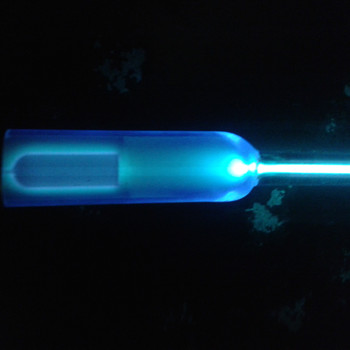Question #65d2a
1 Answer
The applied force must overcome the static frictional force such that the acceleration is non-zero.
Explanation:
To solve for the static frictional force using the equation,
where
If the applied force (your 41 N) is less than the maximum static frictional force, then the acceleration is equal to zero.
If the applied force is greater than the maximum static frictional force, then by Newton's Second Law,
(where
then isolate
there you go.
*Normal force is the force acted upon by the surface onto the object. The normal force's direction is always perpendicular to the surface the object rests (or in contact) upon. For example, if the object is made in contact to a vertical wall then the normal force's direction is along the horizontal.

